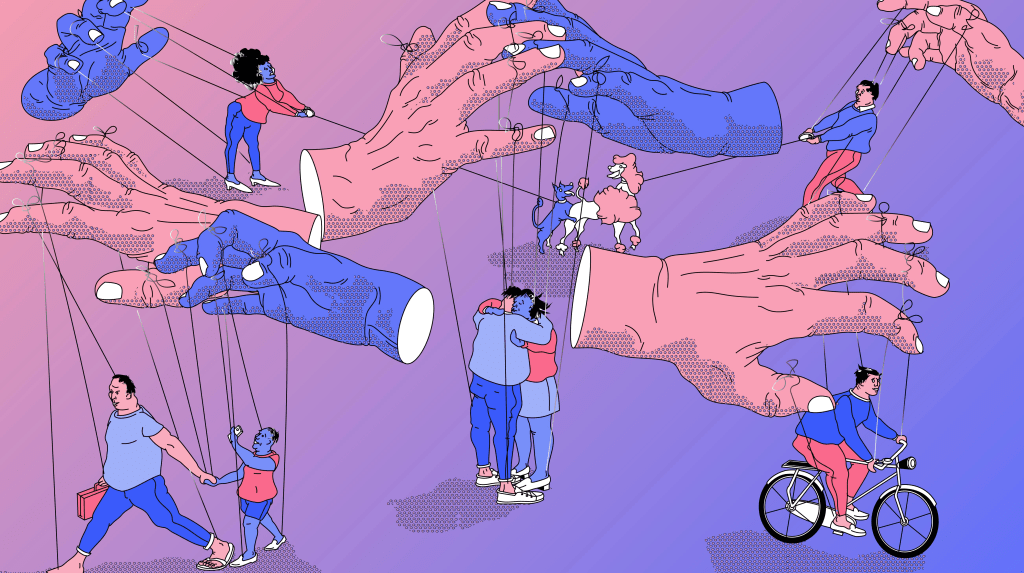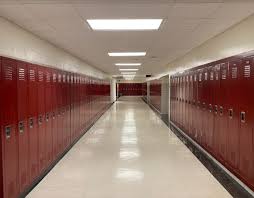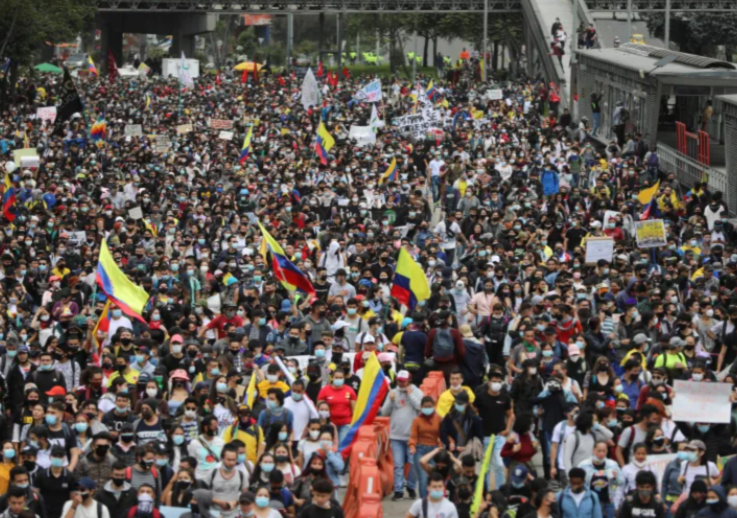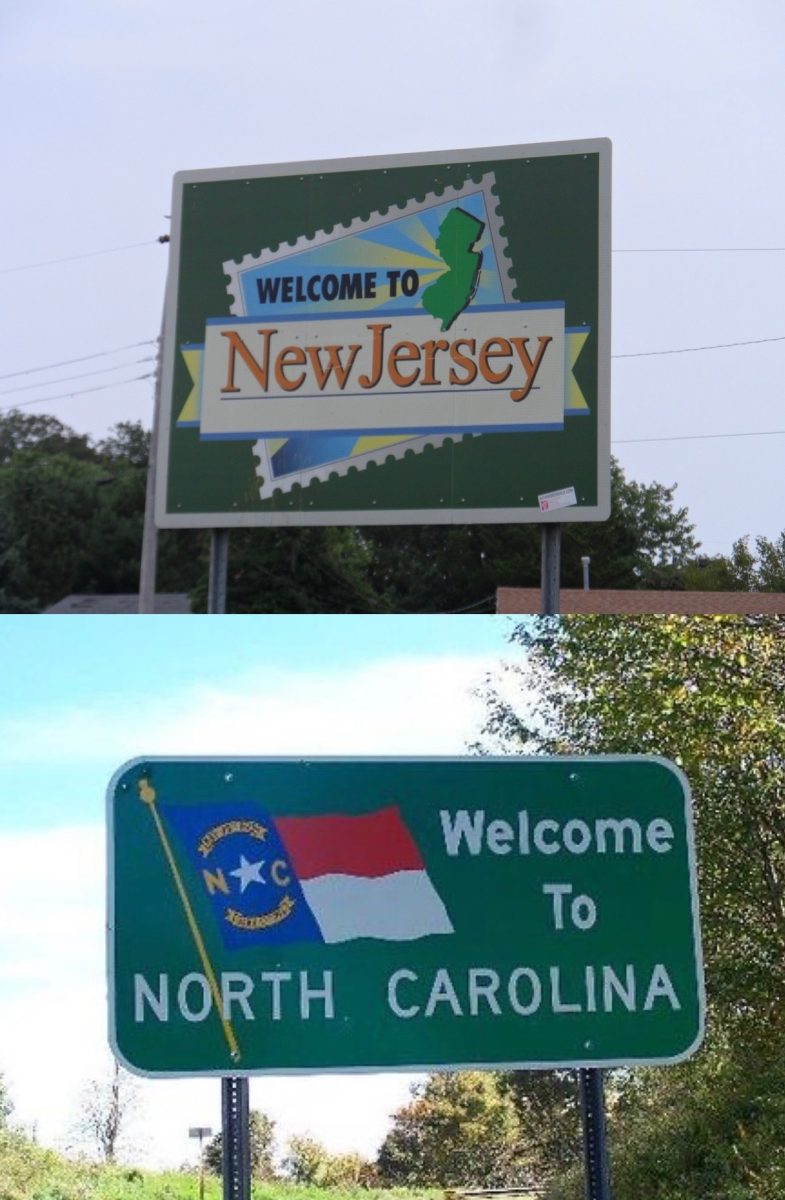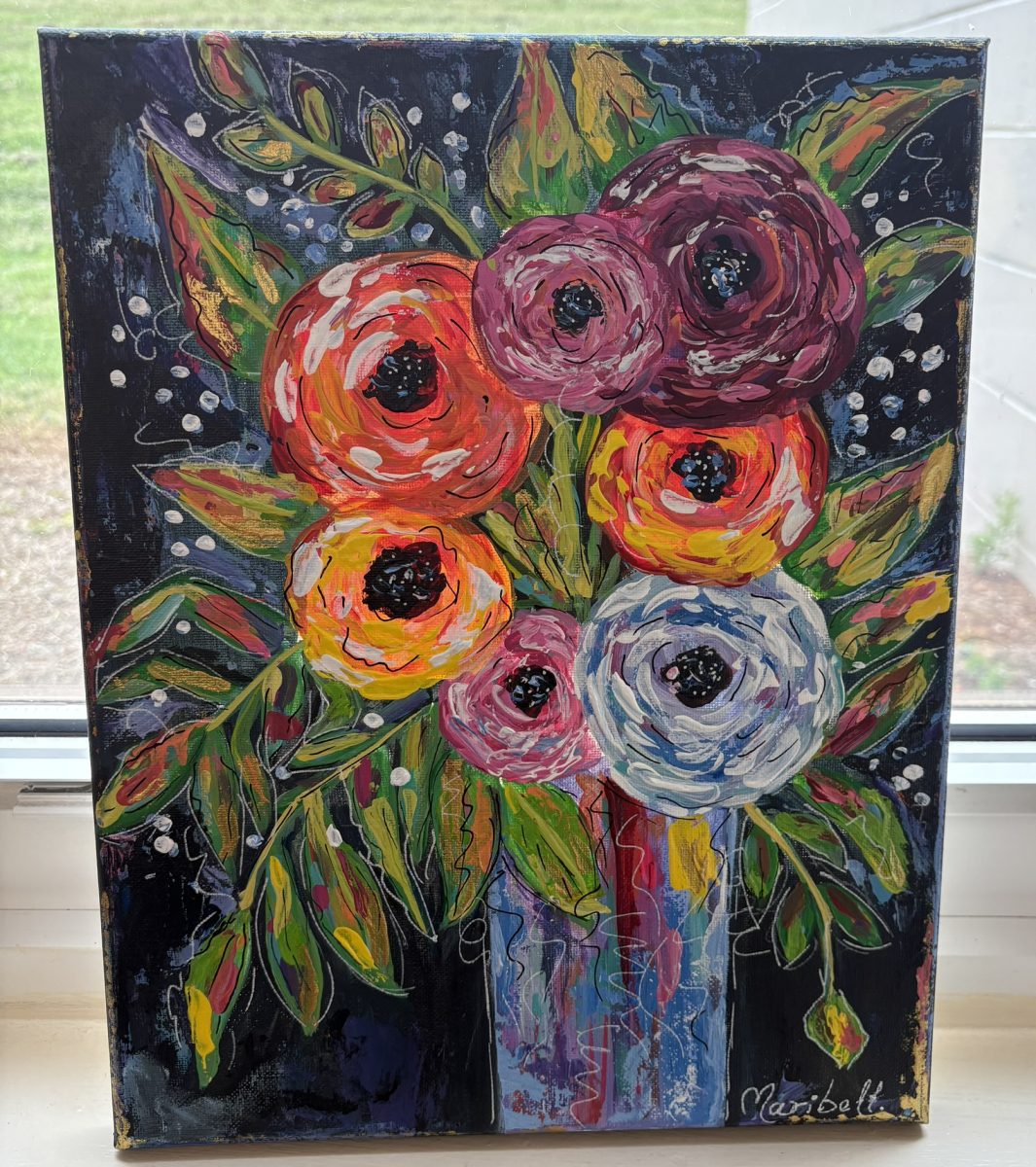The idea that we are living in a simulation might sound like something out of a sci–fi movie, but it is a theory that some scientists and philosophers take seriously. The reality is an artificial construct created by more advanced civilization. Let us explore why this might be true even if we do not know it. My first point is technology. Over the past few decades, we have seen incredible advancements in graphics, virtual reality, chat AI, self–driving cars and more. Video games and simulations are becoming increasingly realistic as time goes on. If technology keeps improving at this rate, it is not hard to imagine that one day, we could create simulations that are so detailed and life like that people inside them would not even know they are not real. If we can imagine this, it is possible that an advanced civilization has already done it, and we are living in one of their simulations.
Next, there is the argument from probability, which was proposed by philosopher Nick Bostrom. He suggests that if a civilization can create realistic simulations of their ancestors, they would create many more of them. This means there would be many more simulated realities than the one true reality. So, statistically speaking, it is more likely that we are living in one of those many simulations rather than the single real world. This idea challenges our understanding of existence and makes the simulation hypothesis a plausible explanation for our reality. Lastly, there are some strange and unexplained phenomena in our universe that could be seen as evidence of a simulation. For example, the physical constants and laws of nature are perfectly fine–tuned to allow life to exist just like how humans are on earth. Our world or earth is perfectly aligned and has a perfect atmosphere for living things. As if it was specifically designed for us. Some people argue that this fine–tuning could be a sign of a designed system, like the settings in a computer simulation. Also, quantum mechanics, which deals with particles behavior at the smallest scales, shows some weird behaviors that do not fit with our usual understanding of physics.
These could be glitches or artifacts of a simulated environment. In conclusion, while we cannot say for sure that we are living in a simulation, there are some compelling arguments that suggest it is possible. The rapid advancement of technology, the probability argument and unexplained phenomena in our universe all point to the idea that our reality might be an artificial construct created by a more advanced civilization. Whether or not this hypothesis is true, it challenges us to question our world and our place in it.



